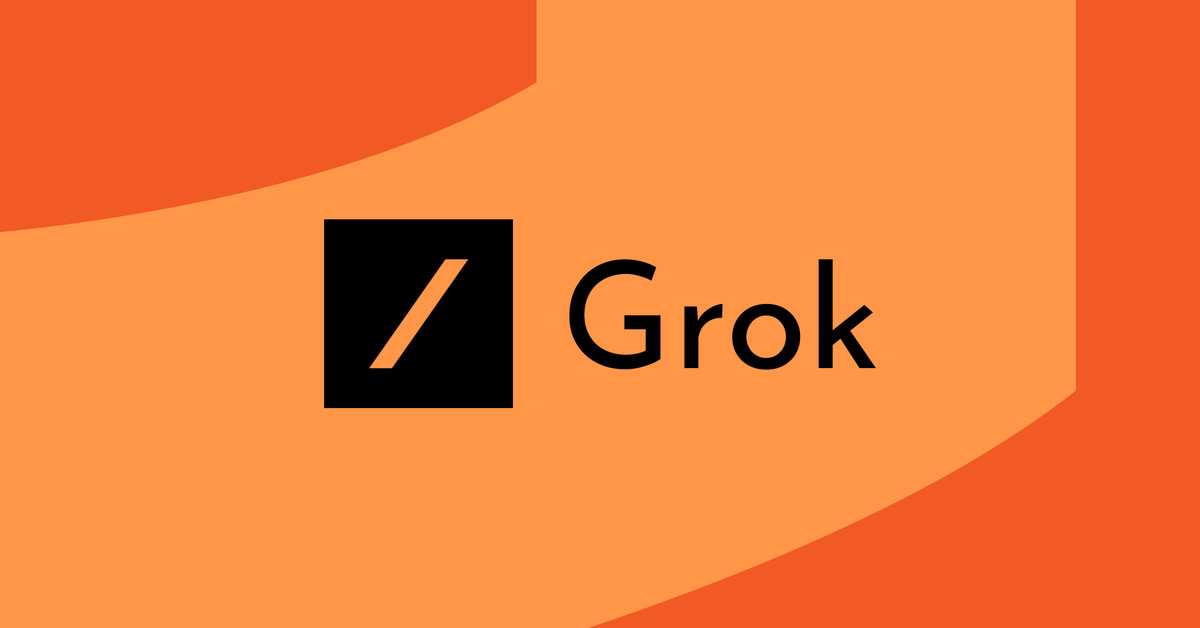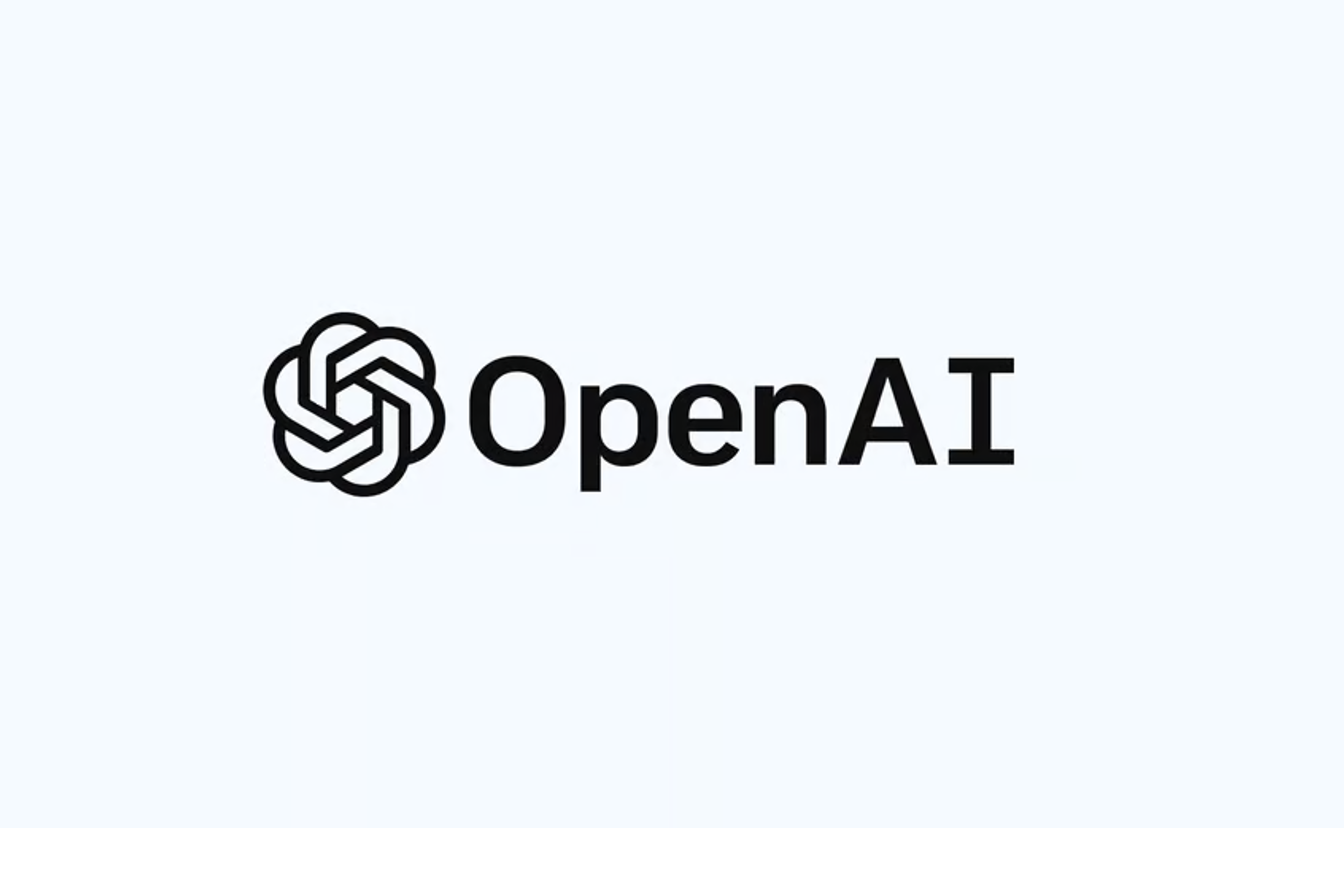Introduction
Pair-programming has long been a valuable practice for programmers, and the introduction of AI-powered language models like ChatGPT-4 has opened up new possibilities for collaborative development. In this article, we’ll explore 10 practical tips for effectively pair-programming with ChatGPT-4, helping you harness the full potential of this powerful AI tool.
Tip 1: Use ChatGPT-4 for Code Generation
ChatGPT-4 can generate code snippets or entire functions based on your requirements, saving you time and providing a starting point for further customization. This feature is particularly useful when working on complex tasks or when you’re short on time.
Example: ‘Generate a Python function to calculate the factorial of a number using recursion.’
By leveraging ChatGPT-4’s code generation capabilities, you can quickly create functional code snippets that serve as a foundation for more intricate solutions.
Tip 2: Clearly State Your Problem or Question
When working with ChatGPT-4, provide a clear and concise explanation of the problem or question you need help with. This will help the AI understand your requirements and offer more relevant solutions.
Example: ‘I need a function in Python that takes a list of numbers and returns their average.’
By clearly articulating your needs, you’ll receive tailored responses from ChatGPT-4 that address your specific concerns.
Tip 3: Offer Context and Be Specific
Provide ChatGPT-4 with necessary context and be specific about your requirements to get the most accurate and useful suggestions. This approach will help the AI offer more targeted assistance and allow you to better understand the solution.
Example: ‘I’m working on a React app that uses Redux for state management. I need help creating an action creator for updating a user’s profile.’
By offering context, you’ll enable ChatGPT-4 to provide informed suggestions that take into account your specific project requirements.
Tip 4: Break Down Complex Tasks into Smaller Steps
For more intricate problems, break down the task into smaller, manageable steps. This approach will help ChatGPT-4 provide more targeted assistance and allow you to better understand the solution.
Example: Instead of asking for a full REST API implementation, start with a single endpoint: ‘Help me create a POST route in Express.js to add a new user to the database.’
By breaking down complex tasks into smaller steps, you’ll be able to tackle each component separately and ensure that your solution is both accurate and efficient.
Tip 5: Review and Refine AI-Generated Code
Treat ChatGPT-4’s suggestions as a starting point. Review the generated code for accuracy, efficiency, and adherence to best practices, and make necessary refinements.
Example: ChatGPT-4 might provide a working solution, but you could optimize it further by using more efficient data structures or algorithms.
By reviewing and refining AI-generated code, you’ll be able to ensure that your final product meets the highest standards of quality and performance.
Tip 6: Leverage ChatGPT-4 for Code Reviews and Optimization
ChatGPT-4 can be a valuable resource for reviewing existing code and suggesting improvements or optimizations. This feature is particularly useful when working on legacy codebases or when you’re looking to improve the maintainability of your code.
Example: ‘Review this Python function and suggest any improvements for readability and performance.’
By leveraging ChatGPT-4’s code review capabilities, you’ll be able to identify areas for improvement and implement changes that enhance the overall quality of your codebase.
Tip 7: Use ChatGPT-4 for Debugging
When dealing with a bug, describe the issue and any error messages to ChatGPT-4. The AI can help identify potential causes and recommend solutions.
Example: ‘I’m encountering a TypeError: undefined is not an object error in my React component. What could be causing this?’
By providing detailed information about the bug, you’ll enable ChatGPT-4 to offer targeted assistance that helps you resolve the issue efficiently.
Tip 8: Ask for Explanations and Clarifications
If you’re unsure about a concept or a piece of code, ask ChatGPT-4 for an explanation or clarification to deepen your understanding.
Example: ‘Explain how the useState hook works in React.’
By seeking explanations and clarifications, you’ll be able to expand your knowledge and improve your problem-solving skills.
Tip 9: Continuously Improve Communication
Like any collaboration, working with ChatGPT-4 may require adjustments. Refine your communication style and provide feedback to the AI when necessary to enhance its understanding and improve its responses.
Example: ‘That solution isn’t what I was looking for. I need a function that uses a for loop instead of map.’
By continually refining your communication style, you’ll be able to work more effectively with ChatGPT-4 and achieve better results.
Tip 10: Explore Unconventional Solutions
ChatGPT-4 can often provide unique or unconventional solutions to common problems that might not be immediately apparent. Use the AI to explore alternative approaches and expand your problem-solving toolkit.
Example: ‘I’m trying to optimize a sorting algorithm for large datasets. Can you suggest any innovative techniques?’
By exploring unconventional solutions, you’ll be able to identify novel approaches that improve the efficiency and performance of your codebase.
Conclusion
By following these ten tips, you’ll be able to unlock the full potential of ChatGPT-4 and develop more efficient, effective, and maintainable code. Remember to use ChatGPT-4’s features strategically and continually refine your communication style to achieve optimal results.
Additional Resources:
- For more information about using ChatGPT-4 for code generation, refer to our Code Generation Guide.
- To learn more about leveraging ChatGPT-4 for code reviews and optimization, consult our Code Review Best Practices document.
- For a comprehensive guide on debugging with ChatGPT-4, see our Debugging Handbook.





